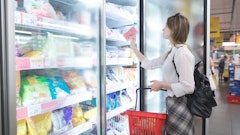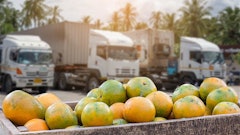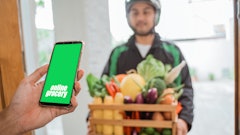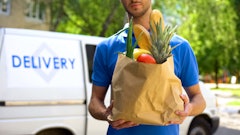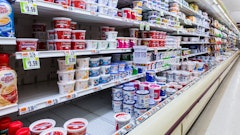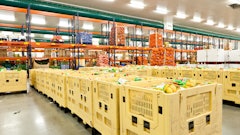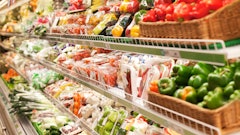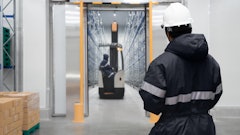
Most food companies try to standardize their processes and products. Still, consumers complain over the lack of consistency of the products they obtain. This situation is especially true for fresh produce, where the same lot can have a shelf life of a week in one store, but only days in another store. The difference has been the supply chain, and the result is variability in the shelf life of the product.
The most common path taken to reduce variability is to control the flow of the product along the chain and standardize processes. We propose a second path, which we call a “SMART” approach to food chains: Sense, Measure, Analyze, React, and Track. This approach first takes Sensing technology to Measure the supply chain and understand what happens to the product along the chain. Once we have that information, we Analyze the effects on the product and so plan how best to React to disruptions. Finally we can set up a process to Track the product.
This approach recognizes the fact that supply chains are not perfect and we cannot eliminate all variability. It also acknowledges that for food supply chains there is not a static solution, because the product evolves along the way. That is why there is a need for readily available historical information about the product to improve the supply chain decision making. The SMART approach can be combined with the first approach of standardization and control. Indeed, they complement each other.
An example of this approach is the work done by the Wine Supply Chain Council with companies shipping wine from Argentina, Australia, Chile, and South Africa to the U.S. Over the past 3 years, the Council has tracked the temperature of over 721 shipments of wine from these wine-producing regions to the U.S. to document the patterns of temperature to which the wine is exposed during shipment from bottler to retailer.
This project is unique in scale, scope, and duration. First, the duration of the study has allowed the Council to observe the full effects of seasonality. In addition, product from multiple wineries is being tracked, through multiple shipping lanes, carriers, ports, importers, and distributors. In Phase 1 of the project, wine was tracked only as far as the importer; in Phase 2, the project was expanded to track wine past the distributor and all the way to the final customer (or to whomever opens the carton), so that variables along the entire supply chain could be analyzed.
An inexpensive, portable temperature-recording device called the iButton thermochron was used to record the data. Each iButton is about the size of a button on a shirt and it can be programmed to wake up and record the time and temperature at regular intervals. It can store 2048 readings, or six months’ worth at two-hour intervals.
By replicating the historical shipping temperatures, producers were able to “taste” the results themselves. For example, a wine producer in Argentina can subject bottles to an actual temperature history to see – in advance – the results of shipping his wine to Chicago through Oakland in July.
Similar projects are being planned to help understand and improve global supply chains for fruit, cut flowers, and other high-value, temperature-sensitive perishables.
So, by implementing a SMART approach towards food supply chains we can expect to increase our visibility, integration and reaction capabilities. Capabilities that will help us to build a supply chain whose processes are standardized and under control, which can at the same time be agile and flexible in the management of the product. This would insure the consumer will experience the product as it was intended.






